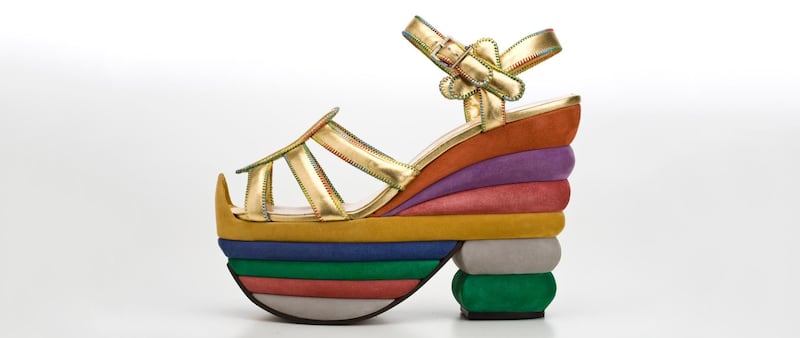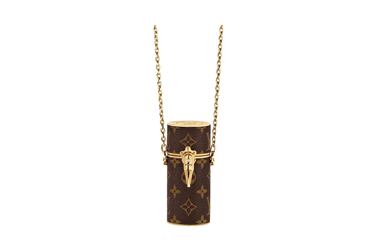“Give a girl the right pair of shoes and she’ll conquer the world,” Marilyn Monroe famously said.
During the height of her fame, Monroe was probably the most photographed woman on the planet, as known for her explosive femininity, beauty and voluptuous curves as she was for her acting skills. She knew exactly how to attract attention, so it was presumably no coincidence that for much of her career, she wore shoes by Salvatore Ferragamo.
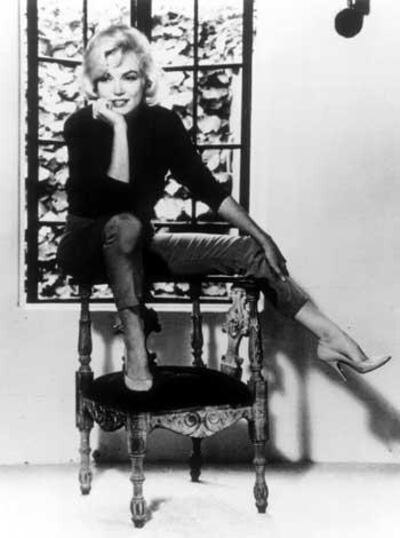
Born in 1898, in the village of Bonito, near Naples, Ferragamo was one of 14 children, and was barely 17 years old when he left Italy to start a new life in America. Eager to make a name for himself, he started designing shoes for the newly hatched movie industry, but it was only when he began applying his recently gleaned knowledge of human anatomy – of how bones and weight are distributed in the foot – that his shoe-making skills excelled.
Suddenly, he was crafting shoes that not only looked good, but actually fitted properly. This delivered unheard-of comfort and Hollywood stars raced to buy his designs. He soon became known as the “shoemaker to the stars”, making fancy footwear for the likes of Joan Crawford and Lola Todd.
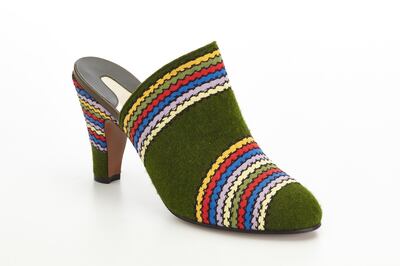
Ferragamo returned to Italy in 1927 and established his eponymous atelier in Florence – as the centre of the Italian leather industry, the city was filled with craftsmen of exceptional skill. Ferragamo tasked them with bringing his daring new designs to life. He continued creating shoes for Hollywood stars, including Lauren Bacall, Greta Garbo, Sophia Loren and Ava Gardner. In the mid-1950s, he created a pointy-toed pump with a four-inch heel for Monroe. At only 5 feet 3 inches tall, she loved the design so much, she ordered a pair in every colour.
Ferragamo and Monroe are long gone, and her once treasured collection of 40 pairs of Ferragamo shoes was auctioned in 2016. However, the fearless spirit of the original designer is still very much in evidence at the company he left behind, now headed by British designer Paul Andrew.
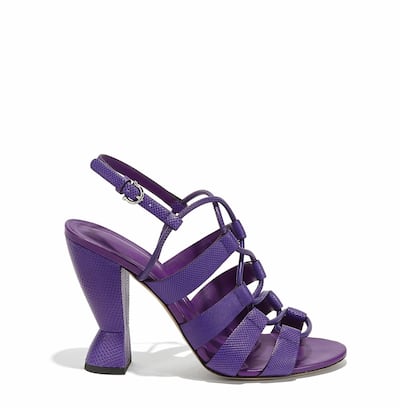
Like Monroe and Ferragamo before him, Andrew has also enjoyed something of a meteoric rise. The shoes he created for his university graduation project were spotted by British Vogue, and led to a spell designing footwear for Alexander McQueen. He relocated to New York to join Narciso Rodriguez, designing shoes and bags, then shifted to Calvin Klein to work on collections for both men and women. His next move took him to Donna Karan, where he not only learnt the importance of perfect fit, but was also made vice president of accessories. Andrew also found time to launch his own shoe line in 2012, for which he won the Vogue Fashion Fund prize in 2015.
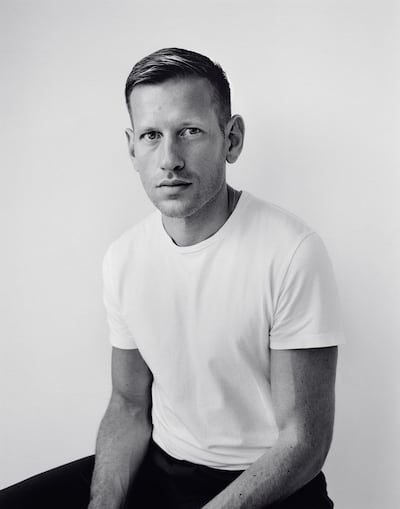
In late 2016, Andrew joined Salvatore Ferragamo as design director for women's footwear, and in October 2017, was made creative director for all women's products. In February this year, he was promoted to creative director of the entire Salvatore Ferragamo brand, overseeing shoes, leather goods, silks and ready-to-wear for both men and women. Next month, he will debut his first menswear collection for the company at Florence's prestigious Pitti Uomo.
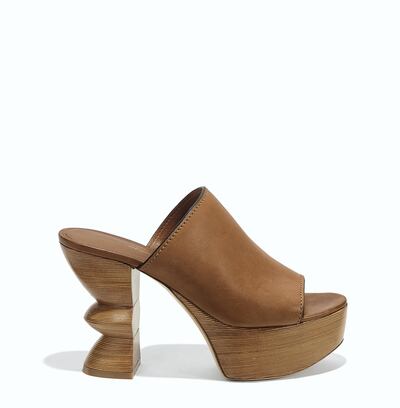
“As a shoe designer, inheriting the key to the Ferragamo archives is nothing short of a dream come true,” Andrew tells me. “If you had told me at the start of my career that I’d someday be given this and other such opportunities, I would have had a hard time believing you.”
Synonymous with beautiful design and cutting-edge construction, Ferragamo's legacy would be enough to overwhelm most designers. Aside from Monroe's famous heel (which contributed to that once-seen-never-forgotten wiggle), he also created the Rainbow wedge heel for singer Judy Garland in 1938. A tribute to her song Somewhere over the Rainbow, it was made of riotously colourful layers of suede, and was groundbreaking for its use of cork in the sole.
In 1947, Ferragamo released the Invisible sandal, an almost see-through shoe that delicately held the foot in place with barely-there gossamer threads. In fact, so inventive was the man, he would go on to file almost 350 patents to protect his ideas.
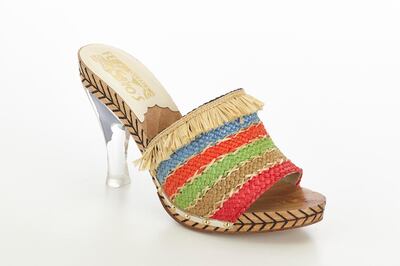
“Certainly, there’s a level of intimidation when I really think about it, as Salvatore Ferragamo created some of the most iconic and forward-thinking footwear designs ever. Therefore, I try not to think about it too much,” says Andrew. “I just try to remain grateful and humbled by the opportunity to steward this brand, reinterpret Salvatore’s vision for new generations, and give the best that I’ve got every day. Salvatore’s designs truly did revolutionise the footwear industry. For him to be so innovative while simultaneously meeting these precise standards? That was genius at work.”
And now Andrew is adopting a similarly innovative approach. "Just recently, I was searching for a new car and found myself in front of a variety of Italian sports cars. I was fascinated by their beauty and construction and paid particular attention to the galvanisation process. It got me thinking and, lo and behold, I now galvanise heels for Ferragamo in the same factory that galvanises cars."
Part of the responsibility that comes with assuming stewardship of a much-loved heritage brand is making sure that you move the company forward, rather than allowing it to stagnate under the weight of its history. Innovations such as lab-grown leather and exotic skins, or 3D printing, will very soon present a world of new design possibilities and, for Andrew, leading a house that has built its reputation on daring and innovation, that future cannot come soon enough.
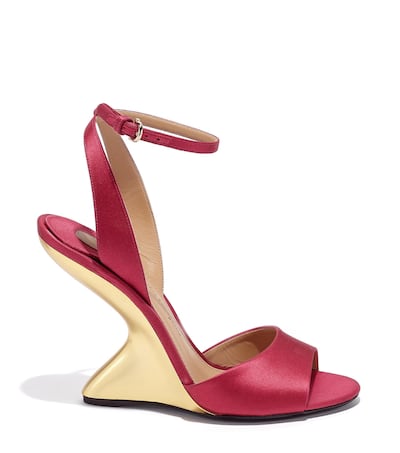
“There are technological advances that allow us to do things we never thought possible. This is a topic I am really fascinated with and actively keep an eye on. I’m thinking in particular of a workable leather that can be grown from mushrooms. While durability and quality of these organic materials are not yet where we would need them to be to be used at Ferragamo, such materials will be viable within a few years, given the advances that are being made. I personally can’t wait.”
For spring/summer 2019, many of Andrew's shoes featured a sculptural heel shape that was so eye-catching, it almost stole the limelight from the clothes. "The Ferragamo archive not only has its treasure trove of shoes, but an incredible collection of photographs from Salvatore's days. Many are pictures of iconic Hollywood stars wearing his pieces. There's one in particular, of Loretta Young in 1938, looking gorgeous and wearing an archival cork heel. Something about the sculptural quality of the heel made me think of [Constantin] Brâncusi, one of my favourite artists. I found myself very inspired to incorporate Brâncusi-esque elements into the collection, as well as nods to the archival work of Salvatore that set the whole creative process in motion.
"My design philosophy has always been toe-to-head," Andrew explains. "Create a strong structure and then build upwards upon it."
